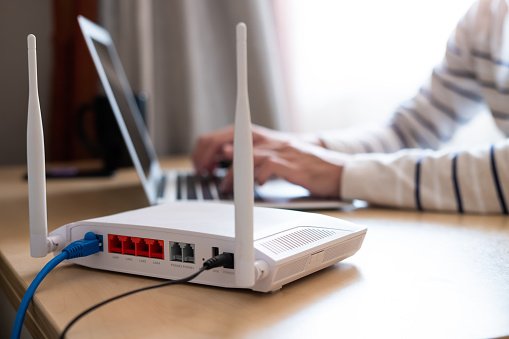club5050 || What is Computer Networking? || by @sardartayyab
What is Computer Networking?
Computer networking is a way of interfering between one or more computing devices for the purpose of a database. Computer networks are built with a mixture of hardware and software.
- Social Links
- Business networking
Computer Network Classification and Area Networks
Computer networks can be classified in many unalike ways. One approach is that it defines the type of network according to geographical area. Local area networks (LANs), for example, typically visit a single home, school, or small office building, while broad regional networks (VANs) reach entire cities, states, or even the world. Go. The Internet is world's largest public van.
Network design
Computer networks are also different in their design advance. The two basic forms of network design are called client / peer and server. Client server networks offer centralized server computers that access email, web pages, files and applications on client computers and other client contrivance. From neighbor to neighbor network, chat, all the devices help the same work. More shared client-server networks are more common in home-based business and peer-to-peer networks.
A network topology defines its configuration or structure from the point of view of data flow. In so-called bus networks, for example, all computers share and communicate in a common network, while in a star network, all data flows through a central device. Common types of top of the network include bus, star, ring network and mesh network.
Network protocol
The communication languages used by computer are called network protocols. Yet another way to classify computer networks is through the set of protocols they support. Networks often implement multiple protocols with each specific application. Popular protocols include TCP / IP, the most commonly found in Internet and home networks.
Computer network hardware and software
Special purpose communication devices including network routers, access points, and network cables physically glue along a network. Network operating systems and other software applications create network traffic and authorize users to do useful things.
Home Computer Networking
While other types of networks are built and maintained by engineers, home networks belong to ordinary residents, most often with more or less technical background. Various manufacturers develop broadband router hardware that is designed to simplify home network setup. A home router allows devices in different rooms to effectively share broadband Internet connections, helps people share their files and printers more easily within the network, and overall network security. Improves.
The capacity of home networks has increased with each generation of new networks. Years ago, people usually set up their computer network to connect only a few PCs, share some documents and maybe a printer. Network game consoles, digital video recorders, and smartphones for streaming voice and video are now commonplace for families. Home automation systems have also existed for many years, but have recently grown in more popularity and more recently with practical systems of control lights, digital thermostats and appliances.
Business computer network
The use of similar technology in small and home office (SOHO) environments is found in home networks. Businesses often have additional communication, data storage, and security requirements that require different networks to expand in different ways, especially as the business grows.
While a home network typically serves as a single LAN, a business network consists of multiple LANs. Companies with buildings in multiple locations use extensive sector networking to bring their branch offices together. Although available and used by some families, more voice than IP communications and network storage and backup technologies are present in businesses. Large companies also maintain their own internal websites, called intranets to help employees engage in business communication.
Networking and the Internet
The popularity of computer networks grew rapidly with the creation of the World Wide Web (WWW) in the 1990s. Compatible with public websites, neighboring (PPP) file sharing systems, and various services running on Internet servers worldwide.
Wired vs. Wireless Computer Networking
The same protocol as TCP / IP works in both wireless and wireless networks. Networks with Ethernet cables predict businesses, schools, and homes for decades. Recently, to support wireless phones and other new types of wireless gadgets, wireless technologies such as Wi-Fi have emerged as a preferred option for building new computer networks, including mobile networking. Has increased.
Special Thanks
@steem.skillshare
Regard by
@sardartayyab
@steem.skillshare
Regard by
@sardartayyab








